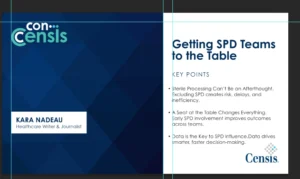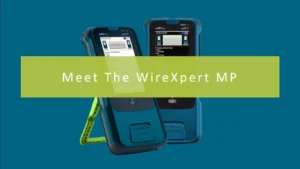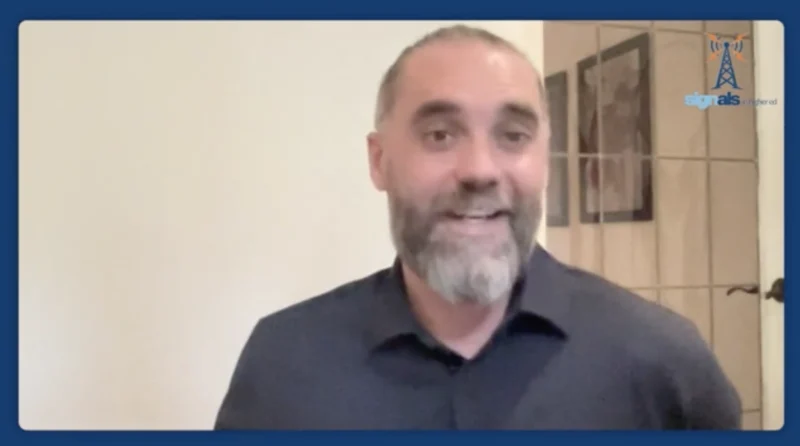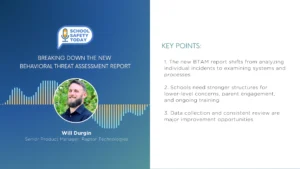Follow us on social media for the latest updates in B2B!
Twitter – @MarketScale
Facebook – facebook.com/marketscale
LinkedIn – linkedin.com/company/marketscale
How Universities are Innovating to Tackle Higher Education’s Affordability Crisis
Higher education is facing an affordability crisis. According to the National Center for Education Statistics, the majority of Americans believe that college is not affordable. The global pandemic has caused financial difficulties for even more students and their families, especially those from disadvantaged backgrounds. As a result, higher education institutions are being challenged with finding ways to make postsecondary education more affordable, while also remaining competitive and delivering a high-quality product to students.
One way in which universities are trying to tackle this challenge is by experimenting with innovative alternative pricing models. For example, at the end of last year Penn State established its Tuition Task Force, a committee made up of university stakeholders from various areas dedicated to finding solutions to problems in affordability, accessibility, and sustainability. The group is looking into ways to better serve all students by restructuring the institution’s tuition model.
Related content: Overcoming skepticism in higher education
Tuition discounting is another practice that many private nonprofit schools are using to increase access for low-income students. The practice allows universities to offer greater assistance to students while maintaining the value that is inherently associated with more expensive institutions in the minds of many. In some states, students and their families are able to “lock-in” their tuition rate years ahead of their intended attendance, which enables them to better plan for their futures.
Some universities are taking things a step further and completely rethinking the criteria used to determine financial aid eligibility and distribution. Announced in 2018, University of Wisconsin-Madison’s Bucky’s Tuition Promise program serves as a commitment to Wisconsin resident students. In the program, qualifying Wisconsin resident students whose household adjusted gross income (AGI) is $60,000 or less will receive eight consecutive semesters of free tuition if they are freshmen, and four consecutive semesters of free tuition if they are transfer students. Rice University in Houston has established a similar program, The Rice Investment, that places more emphasis on middle-income students: through financial aid packages, students whose families make less than $130,000 annually qualify for free tuition, and those with household incomes of less than $65,000 also receive funds to cover room and board. Derek Kindle, vice provost for enrollment management at UW-Madison, said that one of the biggest challenges when rolling out UW-Madison’s program was with the believability factor, noting that people are always asking, “What’s the catch?” The industry as a whole needs to learn from innovators and first movers such as UW-Madison and Rice University to make such programs standard and, therefore, far more believable for students in need.
As higher education institutions devise ways to reduce tuition costs for students, they also need to lessen their reliance on tuition for revenue. A volatile environment of declining enrollment and variability in state appropriations and research grants necessitates a heavier focus on diversifying institutional funding sources. Kindle believes that fundraising to solicit donations specifically for financial aid will become a more common practice, and leaders will have an increased responsibility to be transparent on where the money raised is allocated.
Many institutions are already shifting toward nontraditional revenue streams, with an eye toward sustainability. For example, some universities are beefing up pathway programs to court international students, as well as establishing partnerships with the corporate sector to provide continuing education programs for businesses. Of course, the biggest shift has been towards online learning, with schools forced to make the transition – ready or not – amid the pandemic.
One of the key factors in higher education’s ability to shift toward more affordable tuition and sustainable, alternative revenue sources is technology. Data will play a huge role in helping institutions determine which approaches don’t work and executing on the ones that do, leading to powerful insights that guide the institution’s future strategic direction and increase its agility to respond to shifting demands. In order to leverage this wealth of data, institutions must have technology systems and practices in place to help them collect and process the data quickly enough to make use of it before it becomes obsolete.
In addition to data analytics, student-first technology can play a role in enabling financial aid counselors to refocus on mission-critical priorities and one-on-one interaction with students. One of the primary ways to make college more affordable long term is to reduce administrative burdens through automation, taking as many manual aspects – such as filling out U.S. Department of Education forms – out of the everyday work of financial aid and admissions officers as much as possible. This way, more time can be dedicated to innovative programs that help students better manage their finances.
The road to financial aid reform is a long one, but the journey is necessary to make postsecondary education accessible for all who qualify. Leaders from Oracle and Huron, along with several tops schools, recently explored these and more potential solutions in the ebook, “Leveling the Playing Field: A Student-Centric Approach to Higher Education’s Affordability Crisis.” Now is the time for leaders to innovate on solutions to current and future issues and achieve transformational results for the advancement of all students.
Be sure to subscribe to our industry publication for the latest news, videos, and podcasts in the Education & Technology Industry.








